Unlocking your full potential in darts relies heavily on understanding your game. Improving darts game with stats is the key to consistent improvement. This article will show you exactly how to leverage data to refine your technique, identify weaknesses, and ultimately, raise your game to the next level. We’ll explore various statistical methods and tools, providing actionable strategies to enhance your accuracy, consistency, and overall performance.
⚠️ Still Using Pen & Paper (or a Chalkboard)?! ⚠️
Step into the future! The Dart Counter App handles all the scoring, suggests checkouts, and tracks your stats automatically. It's easier than you think!
Try the Smart Dart Counter App FREE!Ready for an upgrade? Click above!
Before diving into the specifics, let’s consider the basic statistics you should track. Simply recording your scores isn’t enough; you need to analyze *where* your darts are landing. Are you consistently hitting high, low, left, or right? This level of detail is critical for pinpointing areas needing improvement. Keep in mind that meticulous record-keeping forms the bedrock of successful improving darts game with stats.
Improving Darts Game with Stats: Tracking Your Progress
The foundation of any successful strategy for improving darts game with stats lies in meticulous data collection. You can’t improve what you don’t measure. Start by keeping a detailed record of every practice session and match. This doesn’t have to be overly complex; a simple notebook or spreadsheet will suffice. Focus on key metrics like:
- Average score per game/session: This provides a general overview of your performance.
- Checkout percentage: Tracks your ability to finish games, highlighting strengths and weaknesses in your finishing game.
- Three-dart average: A more refined measure showing your consistency over three-dart bursts.
- Accuracy: Note the number of darts landing in specific segments of the dartboard. Detailed analysis will reveal patterns and highlight areas needing more attention. This is crucial for improving darts game with stats.
- Specific game stats: For example, in a 301 game, how many times did you bust? Analyzing busts can reveal tendencies toward aggressive, yet inaccurate throws. Understanding your bust rate is key for improving darts game with stats. If you need a refresher on the rules, check out our guide on 301 darts rules explained.
Consider using a dedicated darts tracking app like Dart Counter App, which automates this process and offers insightful visualizations of your data. Many free and paid apps are available, each offering unique features and functionalities. Experiment to find the app that best suits your needs.
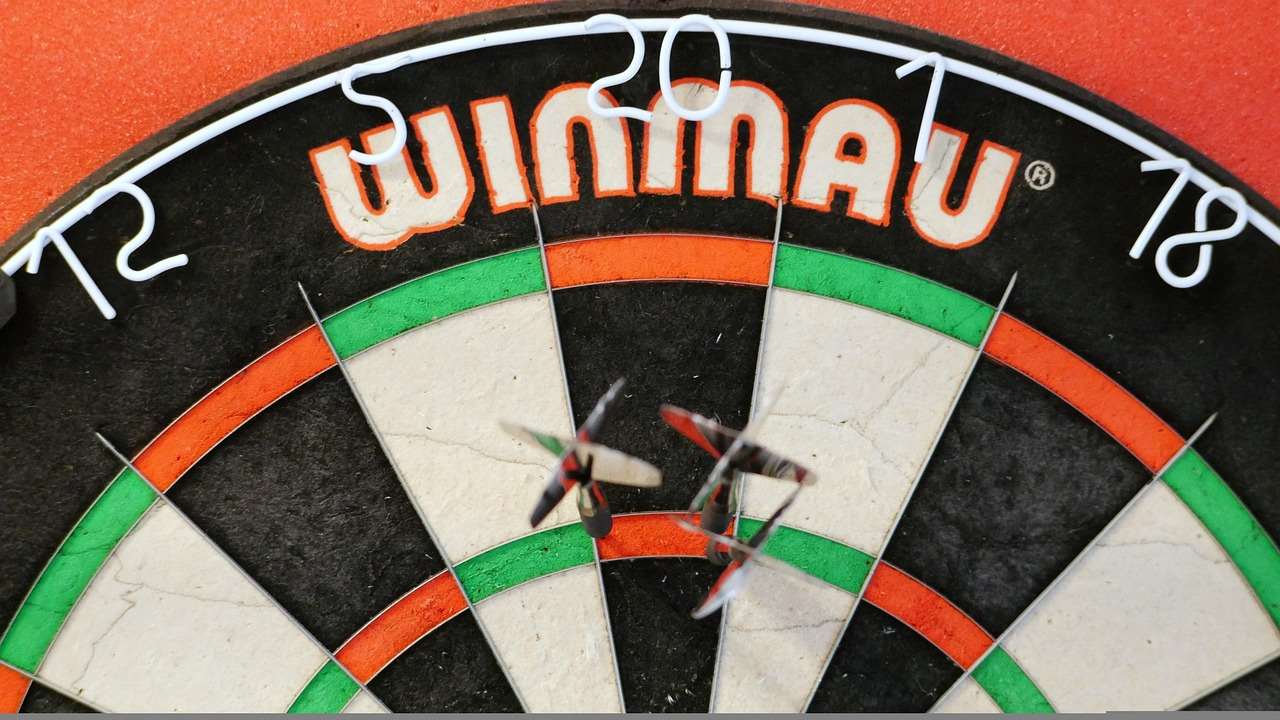
Analyzing Your Darts Game Stats
Simply collecting data isn’t enough. The real value lies in interpreting the information you’ve gathered. Look for trends and patterns in your data. Are there any clear weaknesses? Perhaps you consistently miss the double 20, or struggle to hit the treble 19. Identifying these problem areas is the first step toward addressing them.
Identifying Weaknesses and Strengths
Once you’ve identified your weak areas (e.g., a low checkout percentage or inaccurate doubles), you can start to develop targeted practice routines. This is where understanding your darts game stats provides actionable insights.
- Focus on specific areas: Dedicate extra practice time to the areas where your stats reveal weaknesses. Don’t try to fix everything at once; prioritize the areas with the greatest impact on your overall score.
- Experiment with techniques: Try different grips, stances, or throwing motions to see what works best for you. Keep track of the results and use your darts game stats to guide your experimentation.
- Adjust your strategy: Based on your darts game stats, consider adjusting your approach during matches. For instance, if your checkout percentage is low, focus on building a higher score before attempting to finish. You may even want to explore various darts betting strategies.
Remember, this is an iterative process. Continuously monitor your darts game stats, adjust your practice routine accordingly, and celebrate your progress. For example, you may find yourself naturally drawn to the excitement of the pub darts scene once your game improves.
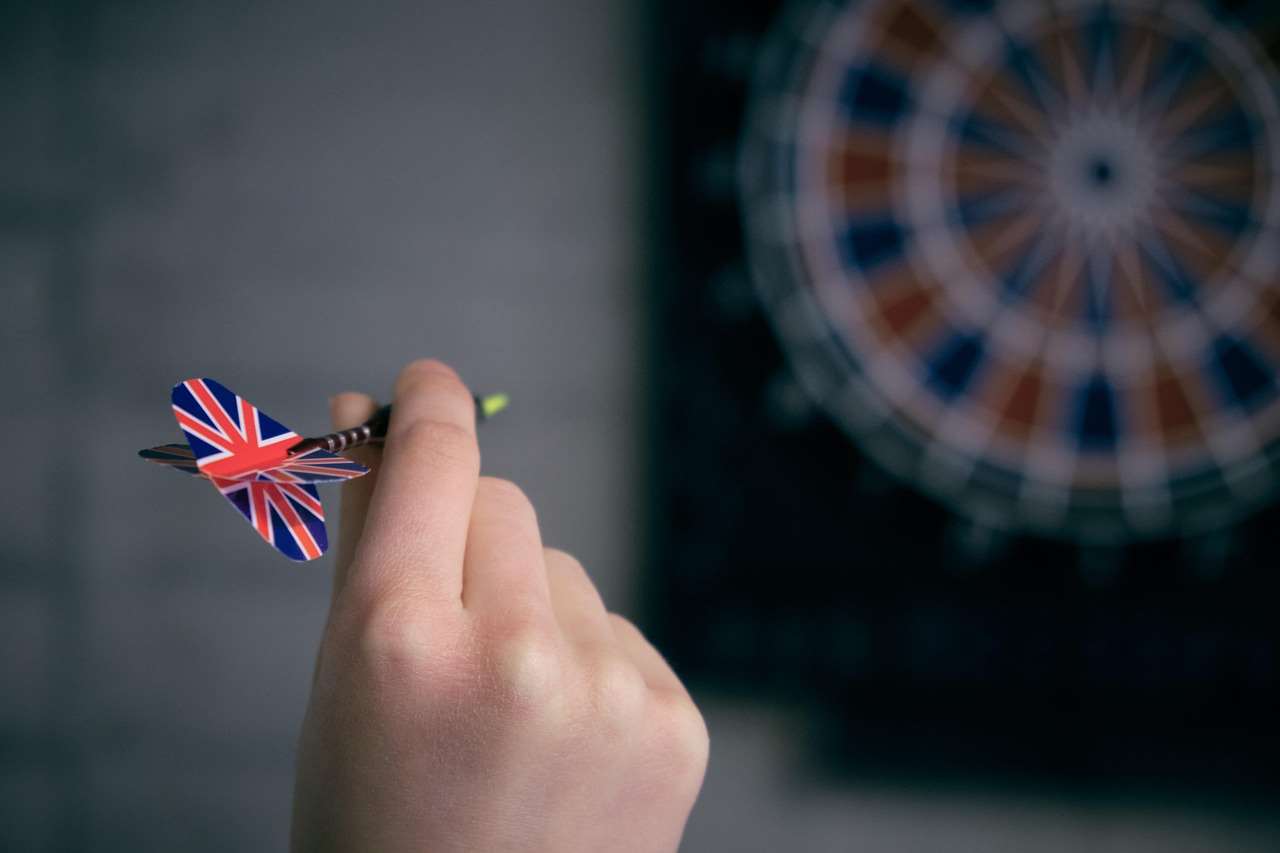
Improving Your Dart Throw: Technical Adjustments Based on Stats
Your statistical analysis might reveal recurring problems in your throw. Are you consistently hitting high, low, left, or right? This points to technical flaws that can be corrected through targeted practice.
Common Throwing Errors and Their Statistical Indicators
Many common errors manifest as specific patterns in your darts game stats. For instance:
- High darts: Often indicate a throwing motion that’s too high.
- Low darts: Suggest a throwing motion that’s too low or a grip that’s too relaxed.
- Right darts: May stem from problems with your release or follow-through.
- Left darts: Might be caused by a grip that’s pulling the dart to the left.
By analyzing where your darts consistently land, you can accurately target these problems. If you’re frequently missing the mark, don’t shy away from seeking help from an experienced player or coach. They can provide valuable insights and guidance to refine your form.
Understanding the nuances of dart flights shapes and effects can also help in analyzing and improving your game.
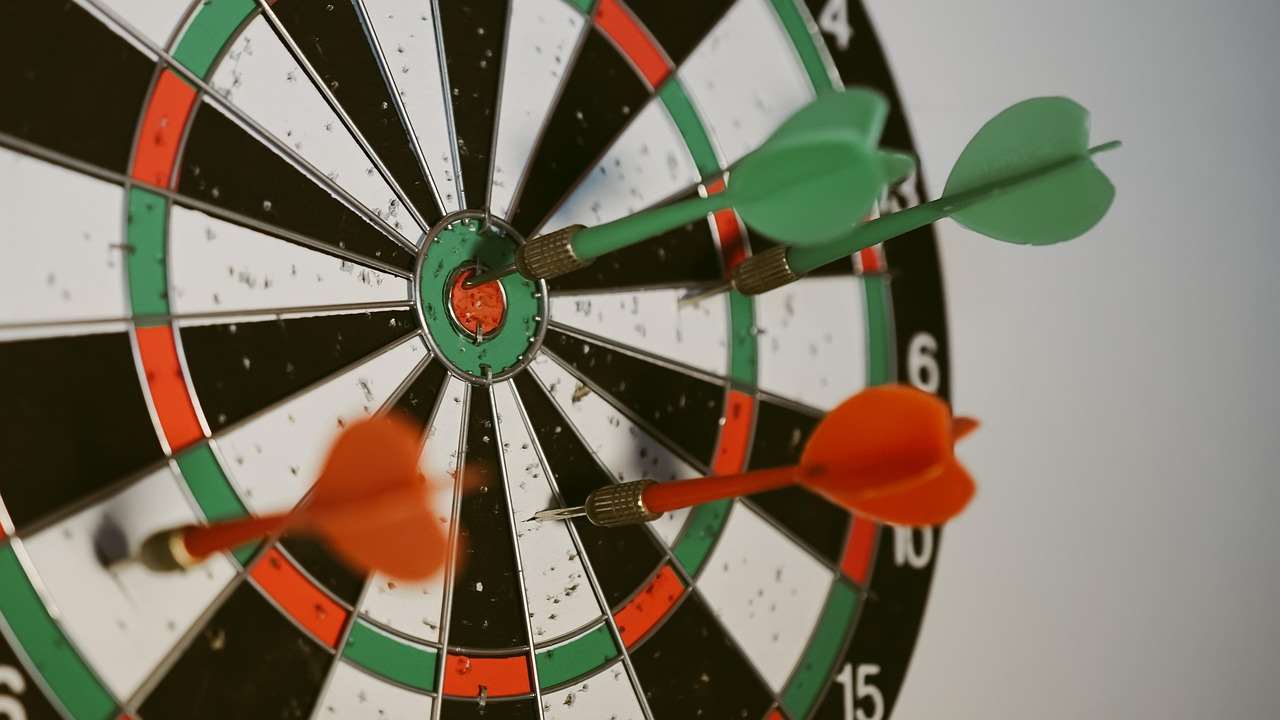
Using Technology to Enhance Your Darts Game Stats
Today’s technology offers many tools to enhance your improving darts game with stats process. Beyond simple scorekeeping apps, consider these possibilities:
- Video analysis: Record your throwing motion and analyze it frame by frame. This allows you to identify subtle flaws you might miss during practice. You can spot issues in your stance, grip, or follow-through.
- Dartboard tracking systems: Some advanced systems can automatically track your dart placement on the board, providing even more detailed data than manual recording. These provide immediate feedback, further enhancing your improving darts game with stats journey.
- Online dart communities: Connect with other players, share your stats, and seek advice. The online darts community offers a wealth of knowledge and experience.
These technologies, though not always essential, can significantly enhance your progress by providing real-time feedback and detailed analytics.
Beyond the Numbers: Mental Game and Physical Conditioning
While improving darts game with stats is crucial, don’t underestimate the importance of mental fortitude and physical fitness. Darts is as much a mental game as a physical one. Your ability to focus, manage stress, and maintain composure under pressure directly impacts your performance. Consider incorporating practices to enhance your mental game, such as mindfulness exercises or visualization techniques.
Furthermore, physical conditioning plays a vital role. A strong core, good posture, and a steady hand contribute to consistent throws. Regular exercise and stretching can help you achieve this.
Remember to always practice darts etiquette and sportsmanship both on and off the board. It is integral to being a successful darts player.
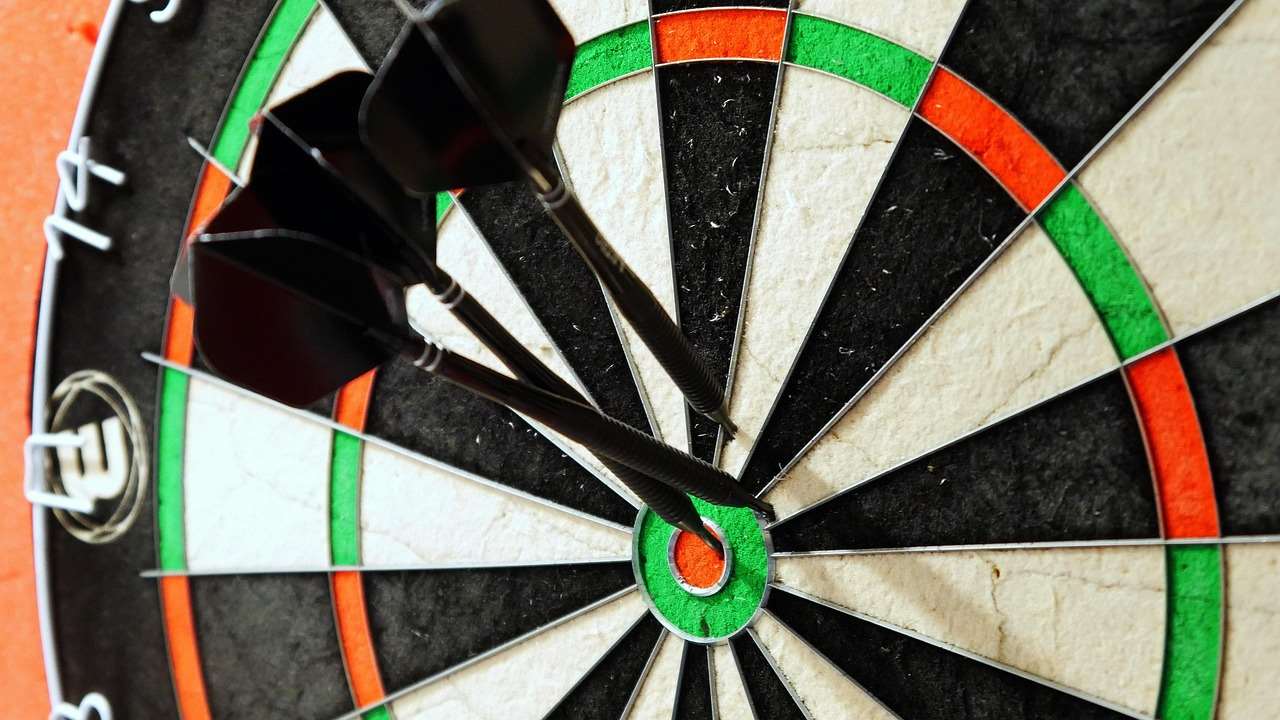
Maintaining Momentum: Continuous Improvement and Setting Goals
Improving your darts game is a continuous journey, not a destination. Regularly review your stats, identify new areas for improvement, and set realistic goals. Celebrate your progress along the way, and never lose sight of your overall objectives. Remember, consistency is key, and setting small, achievable goals will maintain momentum and keep you motivated. Consider exploring some fun darts games for practice to maintain your focus and enjoyment of the sport.
Understanding the business of darts industry can also provide insights into professional players’ training routines and techniques.
Exploring the rich darts culture and community can enrich your experience and provide further opportunities for growth.
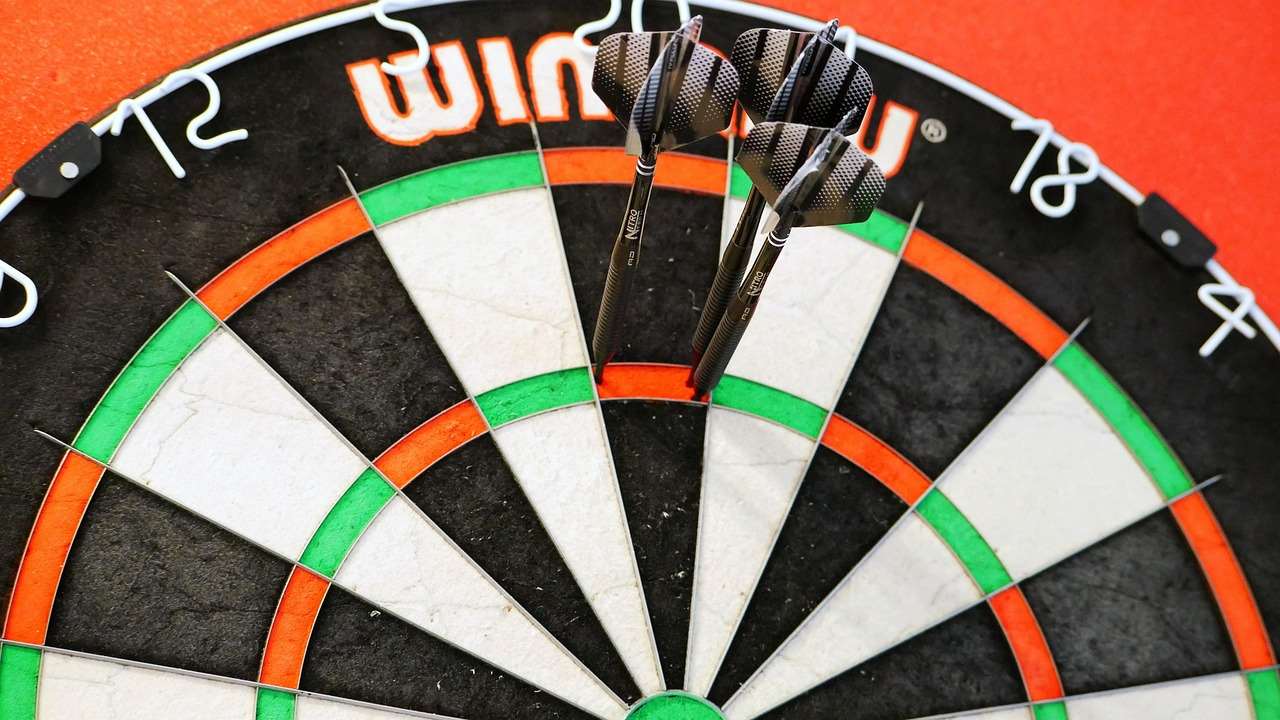
Conclusion: Mastering Your Darts Game Through Data-Driven Insights
Improving darts game with stats is not just about tracking numbers; it’s about using those numbers to understand your game, identify weaknesses, and refine your technique. By meticulously tracking your performance, analyzing your data, and implementing targeted improvements, you can unlock significant progress. Remember to combine this data-driven approach with a strong mental game and physical conditioning for holistic development. So start tracking, analyze, adjust, and enjoy the journey to becoming a better darts player. Don’t forget to check out our resources on different darts manufacturers and explore your options for upgrading your equipment!
Hi, I’m Dieter, and I created Dartcounter (Dartcounterapp.com). My motivation wasn’t being a darts expert – quite the opposite! When I first started playing, I loved the game but found keeping accurate scores and tracking stats difficult and distracting.
I figured I couldn’t be the only one struggling with this. So, I decided to build a solution: an easy-to-use application that everyone, no matter their experience level, could use to manage scoring effortlessly.
My goal for Dartcounter was simple: let the app handle the numbers – the scoring, the averages, the stats, even checkout suggestions – so players could focus purely on their throw and enjoying the game. It began as a way to solve my own beginner’s problem, and I’m thrilled it has grown into a helpful tool for the wider darts community.